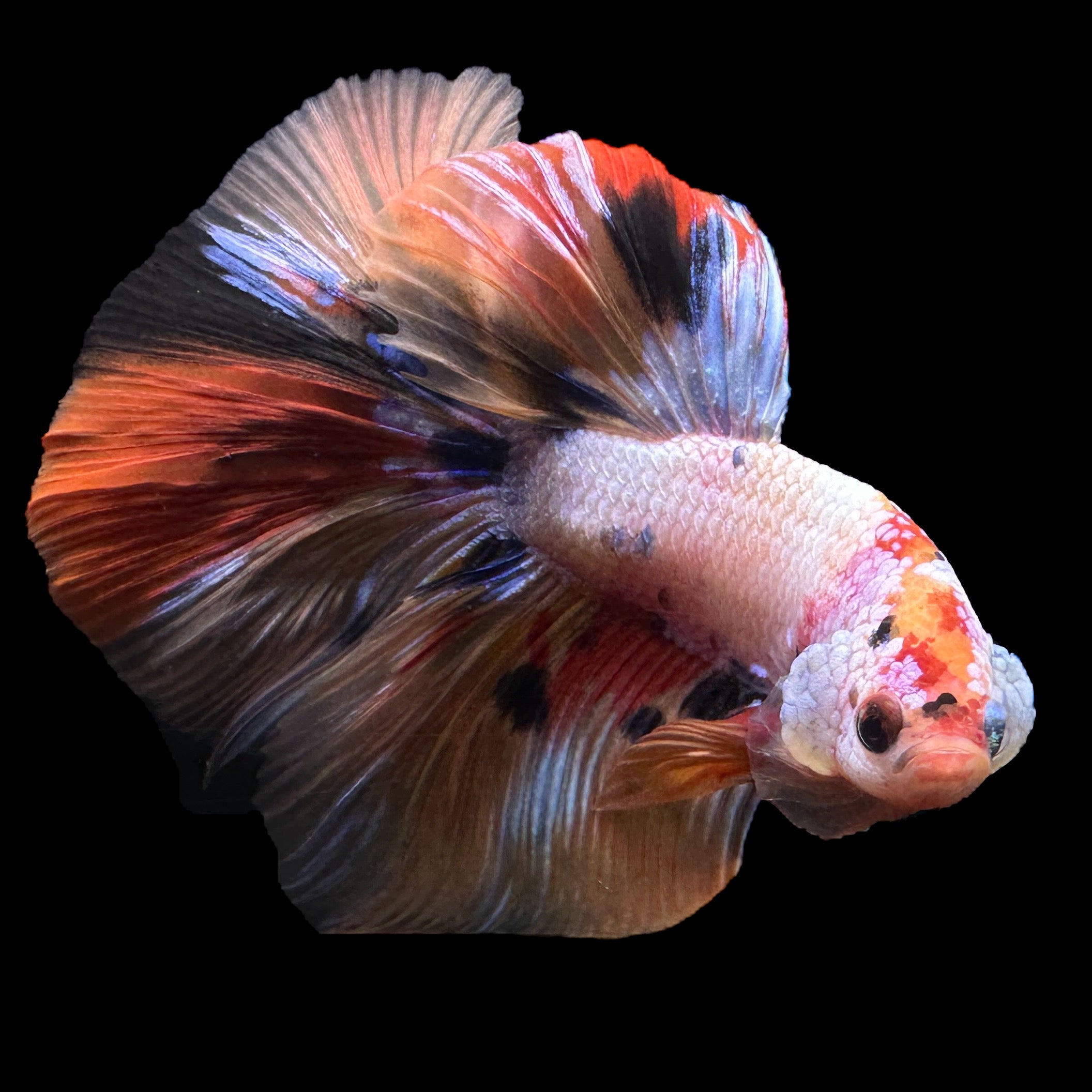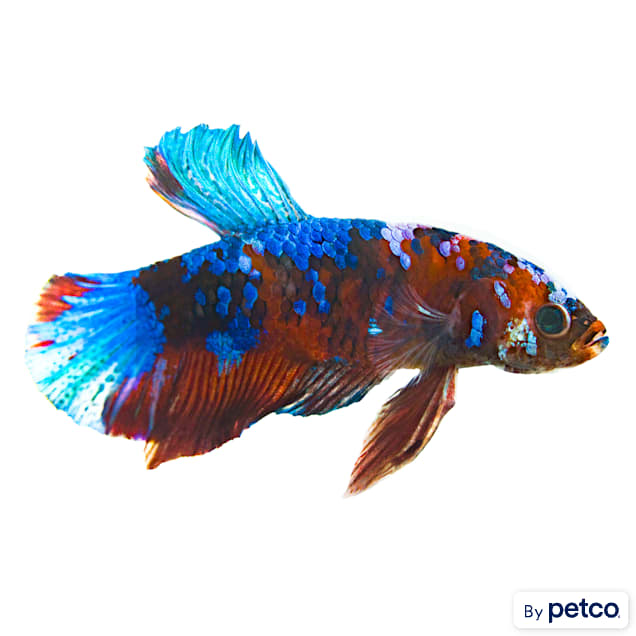Breeding Betta Fish: a Comprehensive Step-By-Step Overview to Successfully Raising Child Bettas From Eggs to Their Adult Years
Breeding Betta fish is a careful venture that requires cautious preparation and execution to make sure the successful growth of fry from eggs to develop fish. Choosing genetically diverse reproduction pairs with preferable characteristics is just the beginning; developing an optimal atmosphere and understanding the ins and outs of the breeding procedure are equally essential. As the male Betta faithfully constructs a bubble nest and guards the valuable eggs, the succeeding phases of treatment and change demand interest to detail and understanding of best techniques. Exactly how does one browse the tough yet gratifying course of nurturing these vivid creatures to their adult years?

Choosing Reproduction Pairs
When beginning on the trip of reproducing Betta fish, choosing the ideal breeding pairs is crucial to accomplishing desirable qualities and a healthy and balanced lineage - betta fish. The very first step in this process is to determine the specific qualities you wish to enhance or preserve, such as shade, fin kind, and physique. It is necessary to choose genetically diverse pairs to avoid inbreeding, which can bring about health and wellness problems and undesirable characteristics
Examine possible reproducing prospects carefully. A healthy and balanced male Betta must show dynamic shades, an active behavior, and well-formed fins, while the female must also display vivid coloration and a rounded stomach, showing readiness for spawning. Observing the personality of both fish is vital, as hostile or extremely timid people may not breed efficiently.
Paperwork of family tree is equally crucial. Keeping records of the parent fish's origins can aid you track genetic qualities and potential problems. In addition, seek advice from reliable dog breeders or online resources for support on choosing suitable sets. Eventually, investing time in the option procedure will dramatically boost the likelihood of producing solid, vivid children that satisfy your reproduction goals (betta fish).

Preparing the Breeding Tank
Creating an optimal reproduction atmosphere is an essential action after choosing suitable sets for Betta fish. The breeding container must be specifically designed to supply comfort and boost the all-natural reproduction habits of the fish. Start with a container dimension of at the very least 10 gallons to make certain appropriate space for both the man and women Bettas.
Preserve a mild filtering system to maintain the water clean while avoiding solid currents that can stress the fish. Furthermore, an air stone can be contributed to offer oxygenation without disrupting the water surface area way too much.
Temperature level guideline is essential; purpose for a stable variety of 78-82 ° F(25-28 ° C) using a reliable heating unit. The pH degree ought to be maintained in between 6.5 and 7.5, and regular water modifications are essential to guarantee high water high quality.
Include floating plants or spawning mops to create concealing places for the woman, while additionally urging bubble nest building by the man - betta fish. Guarantee the storage tank is complimentary from sharp designs and any kind of possible risks, as the welfare of the fish ought to constantly be prioritized during this essential stage of breeding.
The Breeding Process
Commonly, the reproducing procedure for Betta fish entails a collection of distinctive and visible habits that show preparedness for reproduction. The male Betta starts by developing a bubble nest at the water's surface area, which acts as a site for the fertilized eggs. This nest is essential, as it provides a safe atmosphere for the eggs up until they hatch.
As soon as the nest is developed, the male will certainly present courtship actions, such as flaring his fins and exhibiting vibrant colors to attract the lady. The woman, upon picking up the man's preparedness, will certainly react by showing vertical stripes click now along her body, signaling her receptiveness.
The fertilized eggs then drop to the bubble nest, where the male very carefully collects and returns them to the nest. Following this, the male thinks duty for protecting the nest and making sure the safety and security of the eggs till they hatch, typically within 24-36 hours.
Taking Care Of Betta Fry
Caring for Betta fry calls for cautious interest to their environment and nutrition to make certain healthy and balanced growth and growth. After hatching out, Betta fry are exceptionally little and prone, demanding a stable and tidy habitat. Maintaining a water temperature level in between here 78 ° F and 80 ° F is important, as Betta fry flourish in warm problems. In addition, make certain that the water is totally free of unsafe toxins; regular water changes of 10-20% are recommended to keep ideal water high quality.
Feeding Betta fry is just as crucial. They ought to be offered infusoria or carefully smashed top quality fry food, as their mouths are as well small to deal with larger bits. As they grow, you can slowly present larger foods, such as child brine shrimp or powdered flakes, to guarantee they obtain ample nutrition. Feed them small amounts several times a day, being careful not to overfeed, which can bring about water top quality concerns.
Transitioning to Adult Bettas
As Betta fry fully grown, transitioning them to adult Bettas is a critical stage that requires mindful administration of their atmosphere and social communications. This procedure normally starts when the fry reach around six weeks old, at which factor they can be slowly introduced to a much more structured their website living atmosphere.
To facilitate this shift, it is necessary to ensure that the water criteria-- such as temperature level, pH, and ammonia levels-- are ideal and steady. Grown-up Betta fish prosper in warm water (around 78-80 ° F) with a pH of 6.5 to 7.5. Slowly adapt the fry to these problems to minimize stress and anxiety.
Social interactions are an additional vital variable; male Bettas are infamously territorial and hostile. As a result, it is a good idea to separate males into individual tanks as they develop. Women Bettas can be housed with each other, yet treatment must be required to check for signs of aggression.
Furthermore, dietary changes ought to be made as the fry expand. Incorporate top notch pellets and live foods to support their growth and health. By managing these factors successfully, you can advertise an effective shift to their adult years for your Betta fish.

Conclusion
Successful breeding of Betta fish calls for cautious attention to information throughout the whole process, from picking genetically diverse sets to giving optimal look after fry. By making sure appropriate reproduction conditions and maintaining water high quality, the probability of healthy and balanced spawn boosts substantially. Furthermore, a well balanced diet and gradual adaptation to adult settings are crucial for the development and development of Betta fish. Following these steps carefully cultivates a thriving population of Betta fish, boosting both their health and wellness and vitality.